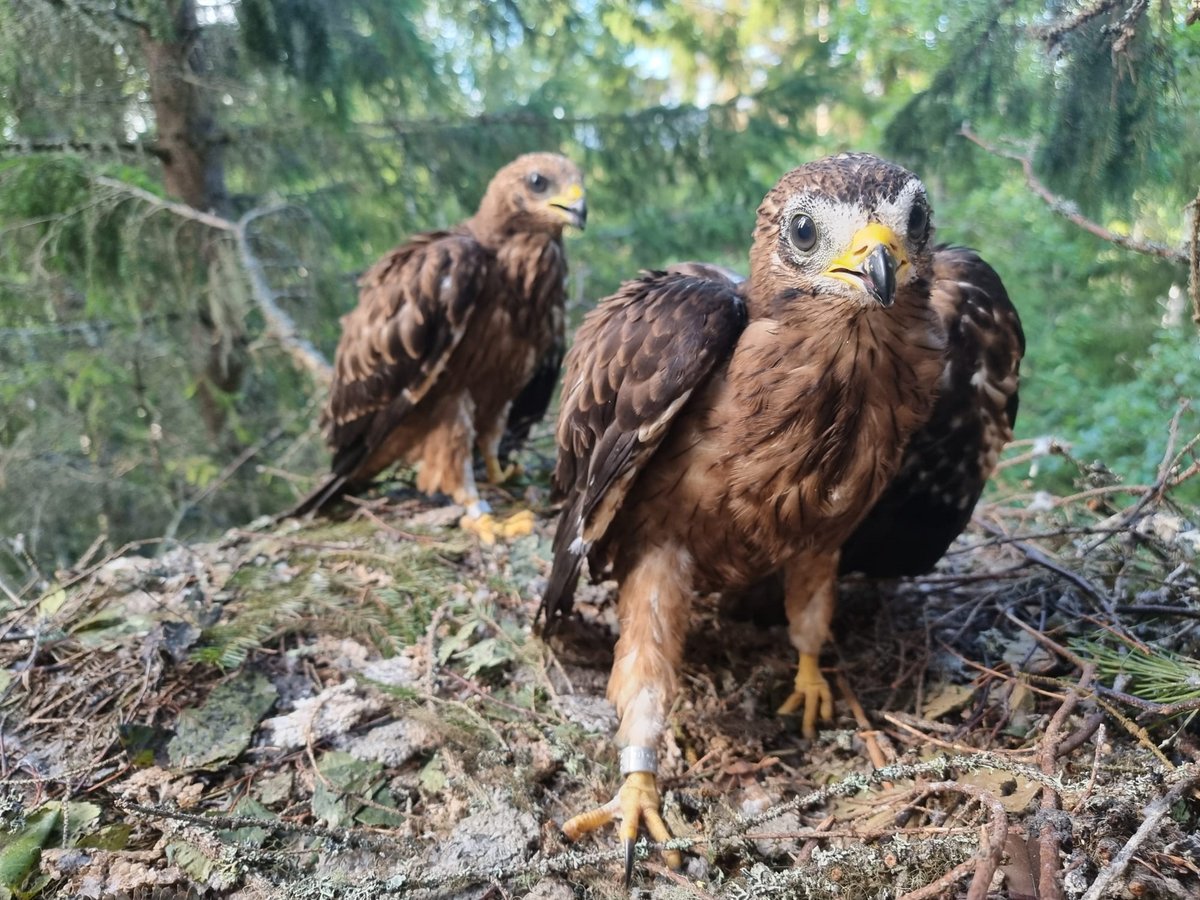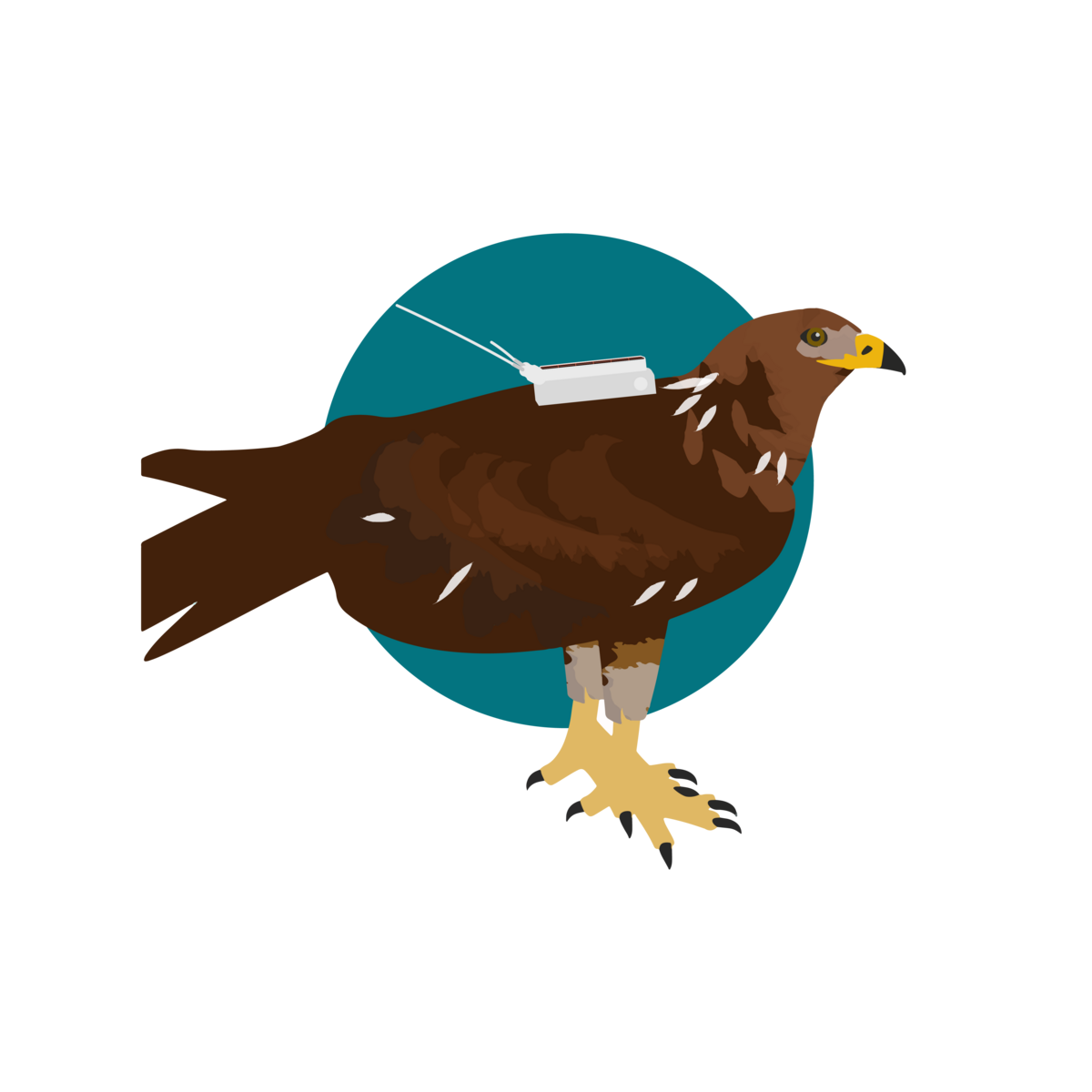
Copyright: Aki Korhonen
Learning to migrate efficiently
Responding to physical and social cues leads soaring birds toward optimal migration routes
Migratory flyways emerge from the collective movement of millions of birds, the sum of innumerable decisions made by each individual as it passes through dynamic atmospheric conditions each year. These conditions largely define the energetic costs of flight for birds, and as a result, migratory flyways are characterized by suitable atmospheric support. However, it is not clearly understood how these flyways are transmitted from one generation to the next, and how they might change over generations of learners.

Copyright: Universität Konstanz
We study the role of social vs. individual learning in migratory route formation of a non-flocking species, the European honey buzzard Pernis apivorus. Juvenile honey buzzards have little opportunity for vertical (parent-offspring) learning of migration routes. This provides a chance of monitoring the juvenile birds’ social interactions during the post-fledging period and the first migration, disentangling horizontal influence and expertise accumulation from more traditional models of parent-to-offspring learning. In the pilot phase of the study, we tracked a cohort of juvenile birds from breeding grounds in Finland to wintering grounds in Sub-Saharan Africa by collecting high-resolution GPS and IMU (Inertial Measurement Units) data.
